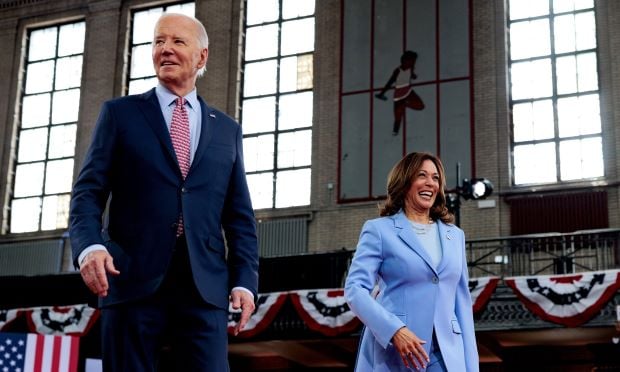 A good financialwellness program should include components that are relevant toeach generation's particular points of pain, with solutionsdelivered in a comfortably accessed format. (Image:Shutterstock)
A good financialwellness program should include components that are relevant toeach generation's particular points of pain, with solutionsdelivered in a comfortably accessed format. (Image:Shutterstock)
Any number of financial pressures are weighing down youremployees these days, posing a troublesome burden across agegroups, jobs and income categories.
If it's not student loan debt for millennials (and theirelders and those behind them, too) that's creating problems. It'sthe juggling by GenXers to help mom and dad out,save for Junior's college, mortgage, car loan and paying for theemergency dental bill. And many Baby Boomers think they'll neverretire, given the shortfall in their retirement savings.
Continue Reading for Free
Register and gain access to:
- Breaking benefits news and analysis, on-site and via our newsletters and custom alerts
- Educational webcasts, white papers, and ebooks from industry thought leaders
- Critical converage of the property casualty insurance and financial advisory markets on our other ALM sites, PropertyCasualty360 and ThinkAdvisor
Already have an account? Sign In Now
© 2024 ALM Global, LLC, All Rights Reserved. Request academic re-use from www.copyright.com. All other uses, submit a request to [email protected]. For more information visit Asset & Logo Licensing.








